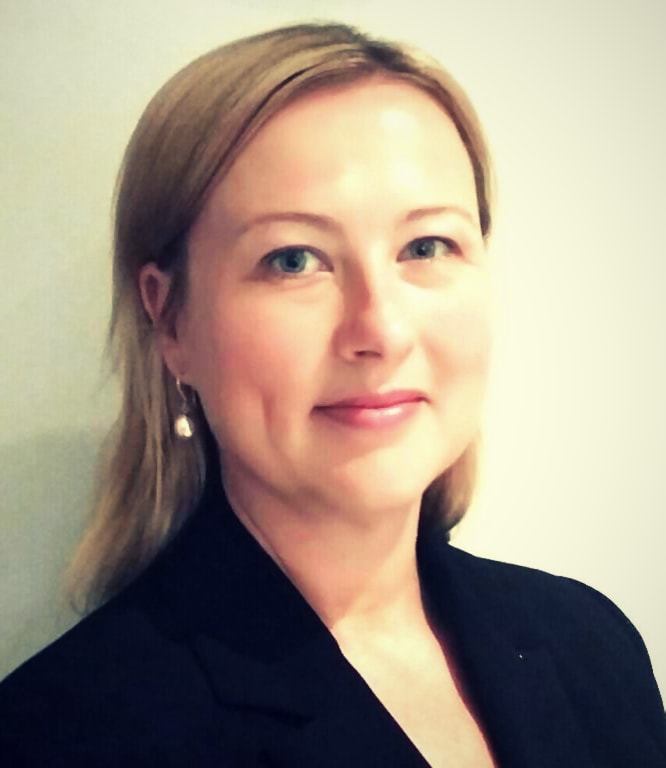Travel restrictions progressively being lifted around the world is clearly good news for our industry.
During this recovery phase, albeit an unpredictable one, revenue management is critically important
as it draws upon analytical and innovative expertise to plan for and react with speed to a range of
“scenarios” that could unfold.
It is highly likely there will be a shift in “normal” booking patterns across segments and the degree of
this “shift” will vary across the industry. What shape or form that takes and when, is what revenue
managers need to be ready to identify and optimise. There is excess supply for demand as it trickles
back, so revenue managers must consider how to capture the first-responder market segments as
we steer ourselves out of the pandemic. They also need to think through how best to appeal to a
domestic market segment that, under normal circumstances, may have opted for cheaper overseas
holidays over local destinations for a break.
Despite the pause and slow-down observed, and the financial concerns this understandably raises, it
is important to plan for a multitude of scenarios. No-one truly knows how this will develop as it is
unchartered territory for all.
Below are 15 areas of thought to assist in navigating market uncertainty
1. Be prepared for market segments to “recover” at different speeds than historically evident. Consider the impact of this crisis across all segments, factoring in customer needs, wants, and purpose of past travel behavior. Prepare to appeal to new and previously untapped segments that can help optimise your space.
2. Ensure you are set-up for long-term success now.

Some guests may be cautious but will view their travel needs as essential, others may be risk-averse and will want to travel, and these differences need to be considered. Discounts will be inevitable, as supply exceeds demand, and may be an initial stimulant for some border-line travellers and domestic customers, however, discounts must be targeted, tested and monitored with strategy and precision.
Perceived value add-ons and flexible terms and conditions that promote a diminished risk for customers should also be explored.
3. Consider what “rate recovery” will look like going forward.

Price is driven by market forces and a customer’s willingness to pay – consider the financial, health and safety impact of the crisis on customer perception. Price for value perception, willingness to pay and expectations have been altered, so be realistic in your rate recovery goals and be prepared to re-review these as conditions change.
4. The current crisis is a demand-shock, which creates patterns of non-linear demand where the change in quantity demanded due to a change in price is not constant.
When a weak demand driver is not price related, but rather from greater market forces as in the current crisis, a shift in price can occur to account for changes in “value perception”, changes in willingness to pay and to stimulate previously untapped markets. Competition for demand will be strong and consumers will be expecting “deals” as supply exceeds demand for a period of time, the goal is to try and avoid unnecessarily diluting revenue from what is simply a smaller market as you navigate through the various recovery stages.
Further, when reviewing price-points, consider what alternatives are available to customers in your markets and what the behaviour changes will be for the consumer who is not always “rational” in their purchasing decisions. The key here is to be flexible and ready to test the market with a range of offerings to discover which strategies will work best. It will take time for segment elasticity (responsiveness to a change in price) to be apparent and is likely to remain sporadic until the virus threat is diminished and confidence returns. Finding the “recovered” competitive price-points by segment will be difficult whilst demand remains unpredictable and unstable.
5. Make sure your messaging and actions are consistent and clear and promote a feeling of trust and control.

Cleanliness standards are paramount. A high-level of cleanliness is an expectation under “normal” circumstances, so do not assume that the promise of cleanliness and safety will entice consumers away from your disruptive competitors over the longer term. Customers may also be prepared to compromise on cleanliness if their perception of the overall “deal” is better – assuming minimal safe standards are in place, or they are prepared to do their own additional cleaning.
6. Promote policies and procedures advising customers what to expect should an outbreak occur and how social distancing measures will be enforced to instil trust and confidence.
7. Positive online review scores are now more critical than ever before.

Reviews influence perception which influences demand, and while price positioning is always a key focus for revenue managers, many customers will filter based on review scores regardless of price. Therefore review scores must be considered when positioning price.
8. Remember that revenue growth can continue to be achieved by increasing customer ancillary-spend, including from those that have already committed to stay with you. Offering a menu of perceived value add-ons, for example a premium for a better product or location improves your customer service and enhances the customer experience. This stock-shifting approach also releases your base level product that may be able to be shifted faster in the short-term.
9. It has never been more critical to invent creative ways to optimise “space”.
Do not look at an accommodation room as just a room as such, think of creative ways to attract a market that exists if the right offer speaks to them. There have been innovative ways hotel rooms have been used, for example as private dining suites or office space. Now is the time to “think outside of the box” – the catch cry of the 2019 Revenue Management Summit by ARMA.
10. Revenue management practices have always been an opportunity for food and beverage outlets, so it is interesting to observe how imposed capacity limitations have resulted in many operators shortening their menus to promote faster turn-around of tables to optimise dining hours across the day.
While dining out is a relaxing social experience, from a business perspective the lingering low-revenue generating table or no-show customer is a cost, operators in this space need to find a new-balance between the two. Explore how these practices might be implemented permanently where dining options are available to maximise revenue and profit from available capacity.
11. Consider how corporate travel demand will look in the short to medium-term.

Some employees may feel unsafe to travel and/or have pre-existing health conditions and could opt for a virtual client meeting in lieu of face-to-face. Many companies have adjusted to servicing customers online and these developments could impact corporate travel demand in some markets. Shifting to dynamic rate agreements where possible and working with your loyal partners to strike a commercial balance for both parties is essential. Review rates in stages across each recovery phase and in-line with volume produced. Vary pricing by day-of- week and/or seasonally, and include perceived value add-ons with a focus on reducing
customer risk. This will help instil confidence and trust and increase your yield management capabilities.
12. Review all distribution channels and costs,

explore all options and consider how distribution might change going forward. Consider what can be done proactively now by reaching out to market managers rather than hastily accepting lower than desired terms.
13. The pandemic has forced many of us to survive online from virtual catch-ups, food delivery, doctors’ appointments and scripts and home schooling. Consider if third-party distribution platforms can now be of greater value to you until demand stabilises, particularly given the lower risk in marketing spend since a commission is only paid in exchange for a booking.
14. It is very important that you review your booking pace across all market segments, products and channels and review any inventory control restrictions you may have in place – ensure you do not have any restrictions blocking business that you may have neglected to remove.
15. Reduce rate leakage – search online for your property and check across all channels over a selection of dates to ensure your rates are displaying correctly, and that the sales process makes sense to the customer. Test single days and multiple lengths of stay combinations and if you have access to rate disparity alert tools then monitor these and review them regularly.
What is most important is to remember that unlike post-war economic recovery, 911 and the global financial crisis, we are dealing with a virus that has major implications in terms of its unpredictable nature. As a result, people are feeling less in control, fearful, distrustful and have concerns over their safety, and the degree to which each is felt will vary. It is impossible to predict how things will return and it is “impossible to forecast the unknowable” (Cross, 2020).
Campaigns, where the customer feels in control, empowered and can balance risk, are important. The potential for disruption, or sporadic patches of disruption, is high until a vaccine is found and/or learning to live with the virus is accepted. Adaptive, agile revenue managers that can analyse, push boundaries, question the face-value of a proposition and react quickly are critical. Never has this skill-set been more in demand and crucial for the bottom line.
This article has been written by guest writer Melissa Kalan from ARMA
About ARMA
 A Revenue Management Association (ARMA) is an independent organization founded by Melissa Kalan and its purpose is to support the accommodation industry through education to grow revenue, yields and profits. ARMA supports many properties and individuals, including globally-recognised chains, with their training needs from its headquarters in Australia.
A Revenue Management Association (ARMA) is an independent organization founded by Melissa Kalan and its purpose is to support the accommodation industry through education to grow revenue, yields and profits. ARMA supports many properties and individuals, including globally-recognised chains, with their training needs from its headquarters in Australia.
ARMA prides itself on providing quality, interactive and engaging training via its Academy for all sectors of the accommodation industry including, hotels, motels, holiday parks, holiday rentals, apartment style properties and B&B’s. Many properties have benefited from completing an ARMA training course, having seen substantial revenue and profit growth going forward.
ARMA also developed the formally recognised and accredited short course in revenue management which is licensed via its training partners.
STAAH customers can login to their extranet and click REGISTER to access the course for free.
